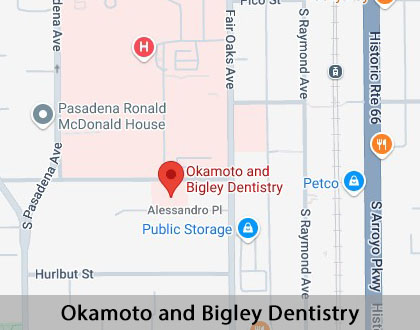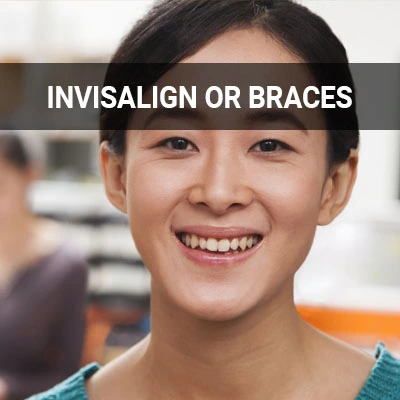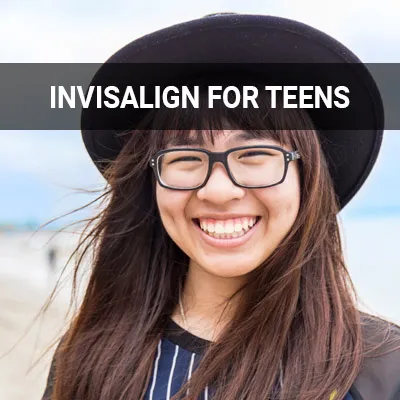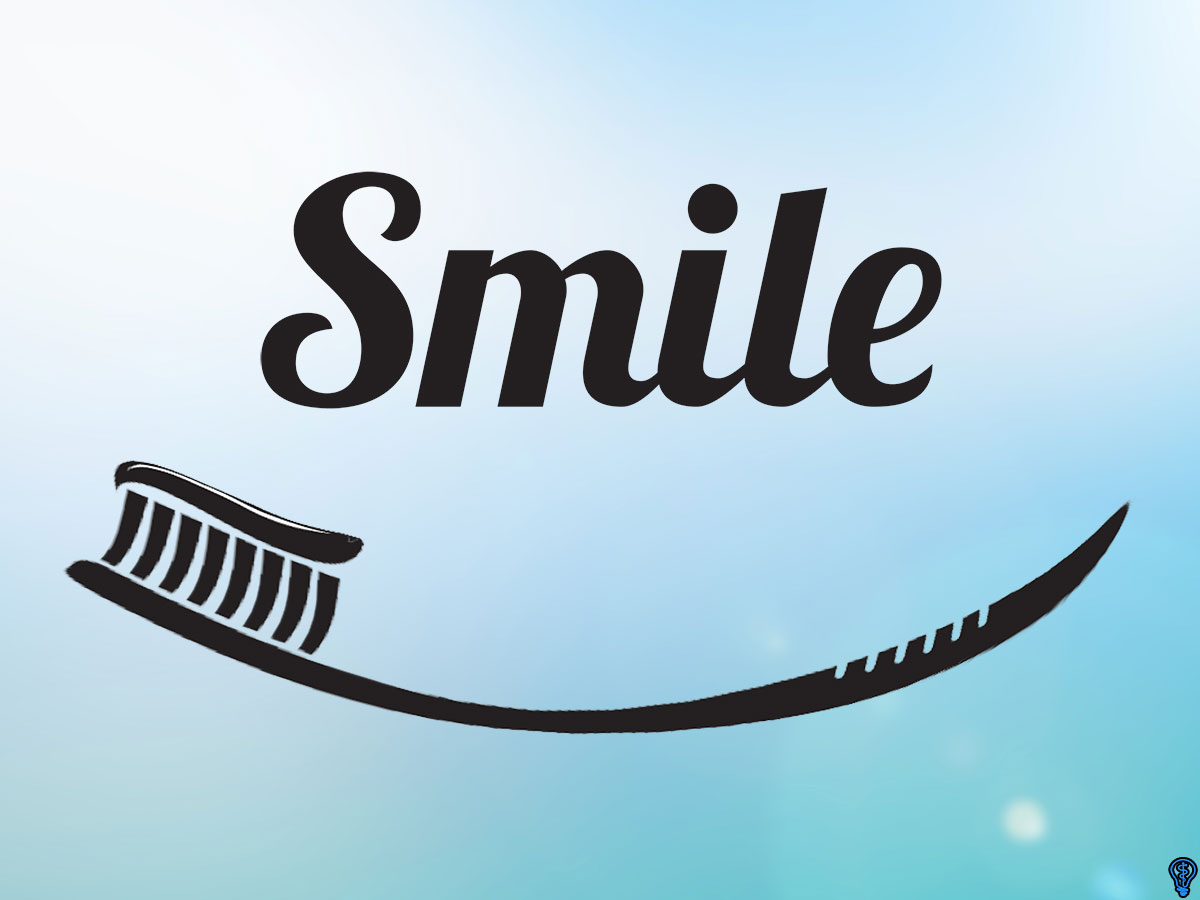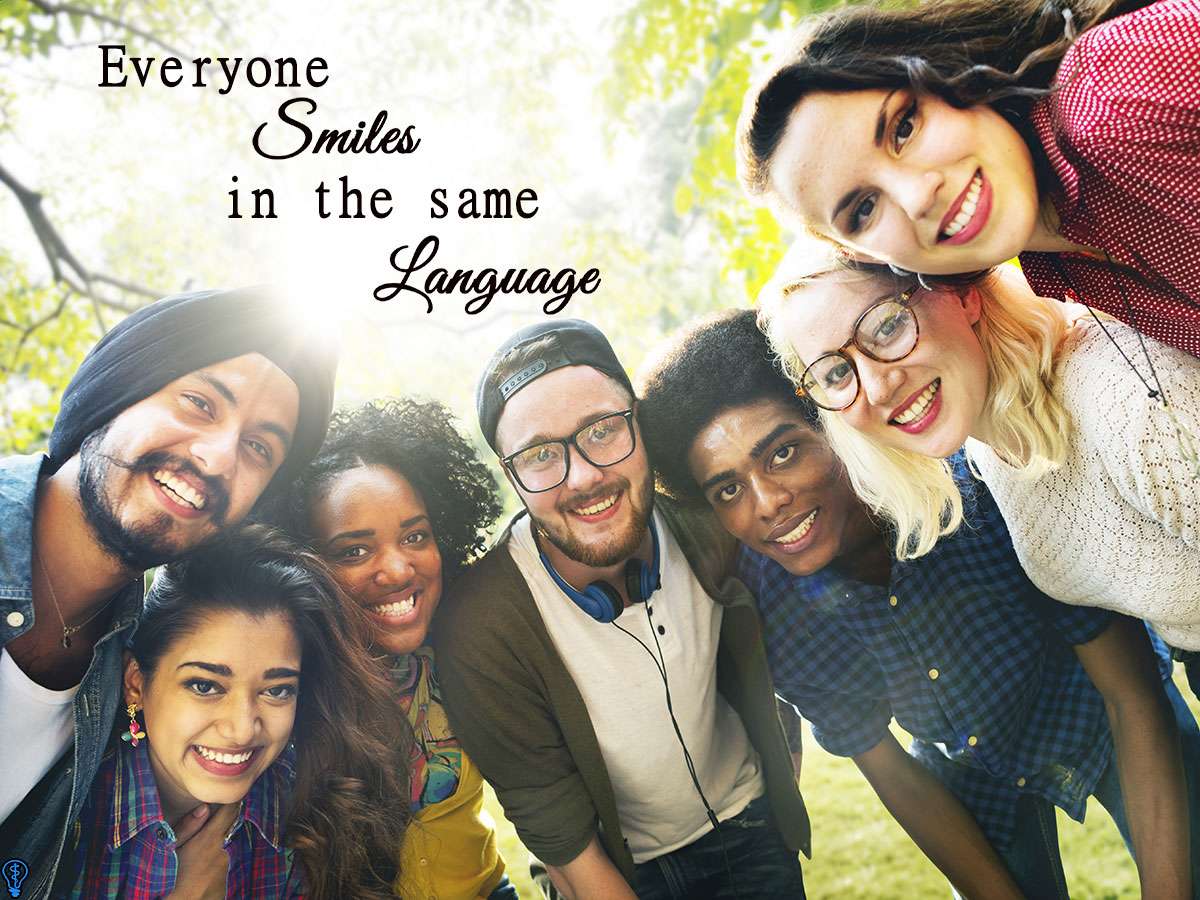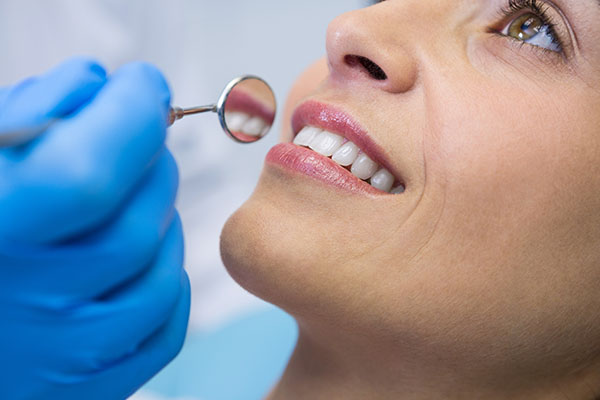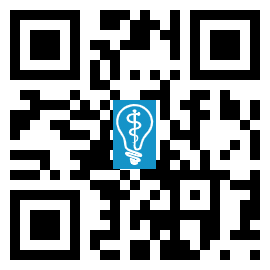Does Invisalign Really Work Pasadena, CA
Invisalign® is a popular alternative to traditional metal braces. Many patients favor them for their discreet, almost invisible appearance. For many patients, Invisalign can deliver results almost as quickly and as efficiently as traditional metal braces.
Invisalign is available at Okamoto and Bigley Dentistry in Pasadena and the surrounding area. We can help you achieve the smile of your dreams without a mouth full of metal. Call us today at (626) 472-2178 to schedule an appointment and learn more.
Results Come With Compliance
Invisalign has continually improved its technology and transformed over 9.6 million smiles since its inception. Various updates and additions have allowed for more complicated conditions to be treated effectively. The Invisalign difference is its SmartTrack material, designed for comfort and faster treatment; SmartForce attachments and precision wings for more predictable tooth movement; and SmartStaging technology that predicts desired and planned outcomes. The iTero® Element Scanner scans the gumline to create more accurate, comfortable, and secure aligners.
During treatment, a patient must wear the aligners for roughly 22 hours a day, removing them only for eating and brushing. They will have routine checkups every 4 to 6 weeks, depending on their treatment plan, in which we examine the teeth. Invisalign treatment may not work as effectively if a patient fails to adhere to the specific instructions regarding wear time, hygiene practices, maintenance, and care.
“Invisalign has continually improved its technology and transformed over 9.6 million smiles since its inception.”
Who Uses Invisalign
While orthodontic treatment is commonly associated with youth, Invisalign is appropriate for both teenagers and adults. The primary difference between Invisalign for teens and Invisalign for adults is a little dot that changes color based on how often the patient wears their aligners. This keeps younger patients accountable for their treatment. Invisalign Teen aligners tray are blue, then turn clear or white throughout their lifetime. The bluer the circle is, the longer the patient must prolong their treatment.
Invisalign for adults is like Invisalign for teens — just without the color-changing circle. Both systems use aligner trays consisting of SmartTrack® material, a patented blend of plastic made exclusively for the Invisalign brand. Invisalign appeals to both teens and adults because their virtually invisible nature makes for a less awkward-looking orthodontic treatment.
“While orthodontic treatment is commonly associated with youth, Invisalign is appropriate for both teenagers and adults.”
Requirements for Candidacy
Although Invisalign technology has advanced to allow treatment for more patients, not everyone is a candidate. During the smile assessment, we conduct both a physical oral exam and a 3D scan that traces the entire smile. We will also discuss oral and general health history, along with any past dental treatments.
In most cases, patients with severe orthodontic conditions are not advised to go with clear aligner treatment as they may need braces to effectively treat their case. Invisalign is intended primarily for patients with minor to moderate issues, such as overcrowding, spacing, or improper bite alignment. Possible treatment alternatives will be discussed if a patient is not a good candidate for Invisalign.
“Invisalign is intended primarily for patients with minor to moderate issues, such as overcrowding, spacing, or improper bite alignment.”
Check out what others are saying about our dental services on Yelp: Does Invisalign Really Work in Pasadena, CA
Invisalign vs. Traditional Braces
There are a few differences between Invisalign and traditional braces. The most obvious is aesthetics. When used appropriately, Invisalign is almost entirely inconspicuous — making it perfect for more self-conscious patients. Aligners are also removable, making them more convenient for eating and upkeeping oral hygiene.
Metal braces consist of two main components: brackets and wires. These place consistent, gentle pressure on the teeth to shift them gradually. Brackets are attached to the teeth, meaning they cannot be removed. As a result, many patients find them less comfortable than Invisalign, and it is typically more challenging to maintain oral hygiene. Patients will also need to avoid hard, crunchy, chewy, or sticky foods to prevent breaking the brackets or having them get stuck between the braces.
“When used appropriately, Invisalign is almost entirely inconspicuous — making it perfect for more self-conscious patients.”
Questions Answered on This Page
Q. What age groups use Invisalign?
Q. What is the difference between Invisalign and traditional braces?
Q. Is there anything I need to avoid with Invisalign?
Q. What results come with compliance?
Q. What are the requirements for candidacy?
People Also Ask
Q. How long does Invisalign take?
Q. What are the pros and cons of Invisalign?
Q. What conditions can Invisalign treat?
Invisalign & Lifestyle Changes
One of the many advantages of Invisalign is that it requires minimal lifestyle changes. Patients will have to switch out their aligners every one or two weeks, and they will need to come into the office to pick up their new set of aligners every six to eight weeks. In most cases, Invisalign patients require fewer orthodontist visits than braces patients.
Still, there are some things patients should know to complete Invisalign treatment safely. They must care for them properly to avoid staining or other undesirable results. This involves rinsing the aligners nightly, brushing them gently with a soft-bristled toothbrush to keep them clean. If possible, patients should rinse them whenever they take them out. As mentioned earlier, patients should only remove aligners when necessary — such as when eating, brushing, or drinking anything other than cool water. Patients who play high-contact sports should ask Okamoto and Bigley Dentistry if it is safe to keep the aligners in the mouth while playing.
“One of the many advantages of Invisalign is that it requires minimal lifestyle changes.”
Frequently Asked Questions
Q. Who is not a candidate for Invisalign treatment?
A. Invisalign is not for patients with severe dental or orthodontic conditions. It may not be suitable for patients who have difficulty with self-reliance or know they may not adhere to necessary protocol. Lastly, patients with several prior dental treatments or surgeries may not be good candidates due to weakened bone.
Q. How is candidacy determined?
A. During the initial consultation, patients are examined using a 3D scanner that takes hundreds of photos per second and creates an accurate digital image. We also conduct a physical oral exam and check for any signs of wear-and-tear or gingival decay. The Invisalign system interprets the findings and helps us determine whether the patient is a good candidate for treatment.
Q. What happens during Invisalign treatment?
A. Once a patient qualifies for Invisalign, we curate a treatment plan using the smile scan conducted during the consultation. The 3D renderings are sent to a lab that creates the custom trays for the first few weeks. The patient will have follow-up appointments every 4 to 6 weeks to check progress and are given their next sets of aligners.
Q. Will I have to wear a retainer after I complete treatment?
A. As with all orthodontic treatments, it is highly advised that patients wear a retainer to avoid relapse or shifting. Teeth tend to naturally shift back to their original placement without a device applying a specific amount of force. However, wearing a retainer even once a week for at least a year can make a big difference in long-term results.
Q. How long is the average treatment duration with Invisalign?
A. The length of treatment varies with each case. Patients may take as little as six months or as long as three years depending on the severity of their condition. It also depends largely on patient adherence to their individualized instructions and proper care and maintenance.
Invisalign® Terminology
Learn More Today
Invisalign can help you get the smile of your dreams without a mouth full of metal. We at Okamoto and Bigley Dentistry can help. Call us today at (626) 472-2178 to schedule an appointment and learn more.
Helpful Related Links
- American Dental Association (ADA). Glossary of Dental Clinical Terms. 2025
- American Academy of Cosmetic Dentistry® (AACD). Home Page. 2025
- Invisalign®. How Invisalign Works. 2025
- Invisalign®. Take the Smile Assessment. 2025
- WebMD. WebMD’s Oral Care Guide. 2025
About our business, and website security
- Okamoto and Bigley Dentistry was established in 1984.
- We accept the following payment methods: American Express, Cash, Check, Discover, MasterCard, and Visa
- We serve patients from the following counties: Los Angeles County
- We serve patients from the following cities: Pasadena, South Pasadena, Arcadia, Monrovia, and Glendale
- Norton Safe Web. View Details
- Trend Micro Site Safety Center. View Details
Back to top of Does Invisalign Really Work

